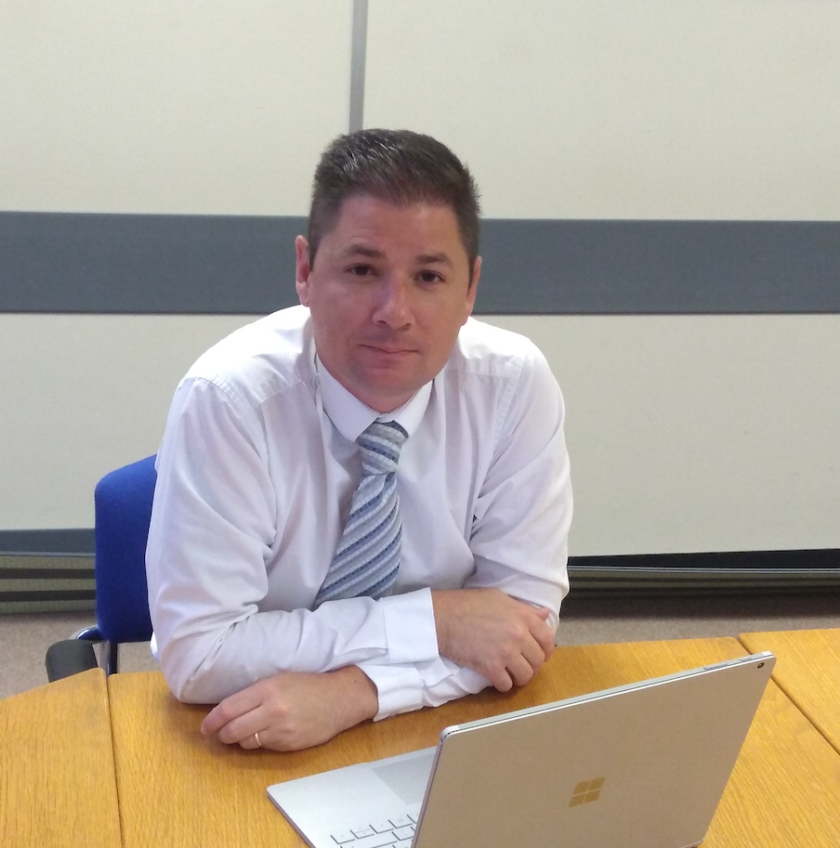Rob Kingsbury spoke to Martin Green, paraplanning manager at Chadney Bulgin, about being a member of the firm’s Investment Committee and what it entails.
First published in the October issue of Professional Paraplanner
Martin Green has been a member of the Chadney Bulgin Investment Committee since it was formed over a decade ago. The committee meets on a monthly basis, but will convene in between if required, for example if prompted by market or other external events.
The primary function of the committee is to ensure that not only is the firm conforming to its investment philosophy but also to review that philosophy and the finer detail to ensure it remains valid for the firm and its clients.
That finer detail, Martin says, includes “ensuring the research within the firm is up-to-date, exploring new funds and products that enter the market, and making sure that the current investment propositions are still suitable. We’ll review new products as well as those we are using today to ensure they are still relevant going forward.”
The remit of the committee is not confined to investments, he adds. Recently it reviewed the nature of DB transfer work and whether the firm wanted to continue handling this type of business. That was then referred to the partners of the business for further discussion.
The committee consists of a range of personnel, with specific job functions pertinent to the committee – the operations manager, head of compliance, two Chartered Financial Planners who are also partners in the business, a financial planner, and the paraplanning manager and deputy paraplanning manager.
As paraplanning manager Martin heads the research side of the business, which includes the investment philosophy. He authored the investment process document for the business and he is responsible for the fund and product research and analysis undertaken in the firm, as well as looking at the providers the company uses, reporting to the committee at the monthly meetings.
“If, for example, the company decided to use VCTs for tax purposes, it would be my responsibility to go into the marketplace to ascertain the providers and then undertake deeper research into the products and then report back to the committee my recommendations in respect of which companies and products we use and the reasons why,” he explains.
This then will flow into the investment process, including the right risk questionnaires to use, etc, and the operations manager will pick that up and implement it into the firm’s systems and processes.
The biggest challenge for the committee, Martin says, is “getting everyone around the table to agree.” But that, he says, “is a positive challenge.”
“The reason we have a range of people on the committee is because we want different opinions and we want people to express those opinions. Inevitably, there are going to be opposing views at times. So, the challenge is to take onboard an idea or view and then look at the positive or negative effects on the various parts of the business. Then its balancing the weight of the positive effect on one part of the business against the negative effect elsewhere. It’s finding that way to progress matters forward that ultimately is in the best interests of our clients and the best interests of the business.”
The area most discussed by the committee, Martin says, inevitably is the firm’s investment philosophy. “It’s fundamental to our clients’ outcomes and the success of the business. We have a long term approach but we will discuss what’s happening in the market, asking whether it’s just noise or does it need further attention? We will look at our asset allocation, what we are invested in and where.”
As an example, he says, the committee will look at which providers it is using, the amount of money invested with each, whether that presents a concentration risk to client portfolios. “Then we might look at whether we should bring in a new provider, or whether one provider could be brought in to complement another and spread the risk, and make a decision on it.”
Investment Committee Tips
If Martin has a tip for any paraplanner when first joining their firm’s investment committee it is to be patient and for the first couple of meetings at least, to sit and listen to how the meeting is conducted and how to put across a point in the discussion.
“You need to get used to the way your committee works. Your opinion is valid – you’ll be on the committee because people value your input and want to hear what you have to say – but I’d recommend understanding the subtleties before voicing your opinion. One reason for this is that often in a lively discussion your idea can get knocked back at you.
“So observe and think about how you are going to put across your points and do so in a constructive way. Also be opened minded and be prepared to compromise where needed.
“If I’ve learned anything about being part of the meetings it’s that having the patience to sit and listen and then put across your point pays off.”
As an Investment Committee member and paraplanner, Martin recently was asked by BlackRock to provide input in helping design a new low cost fund range. You can read more about Martin’s experience here.



































